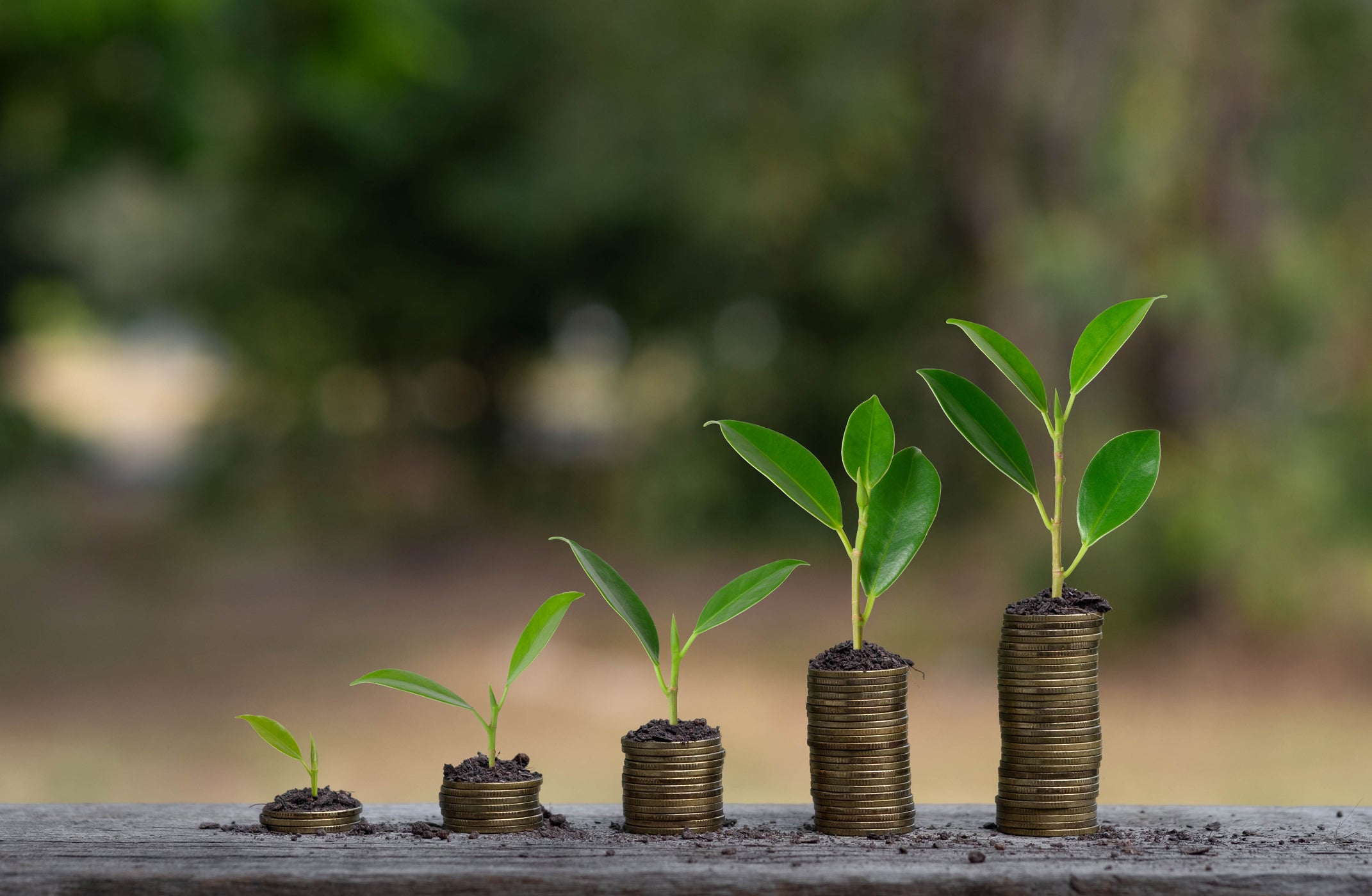Parents and grandparents saving for children could amass a sizeable nest egg for them by starting early – but investing instead of saving can really supersize those gains.
You can put up to £9,000 a year into a Junior Isa (Jisa) from birth to age 18, but even investing smaller amounts will soon add up.
Some 21 per cent of UK investors are already setting aside money for their children and grandchildren, according to research by Fidelity International, and while 28 per cent hope the money will be used to fund education or career development, almost a third (30 per cent) are doing so to teach their children about financial literacy.
Latest figures from the Office for National Statistics show that some £1.5bn was put into 1.25m Junior Isas in 2022-23, with an average of £1,220 saved into each account.
But many relatives are still not choosing to invest – some 42.2 per cent of the money that went into Jisas was put into cash, missing out on potentially far greater returns.
How much could the money grow?
Investing £50 a month from birth to age 18 could build a pot worth £15,567, assuming annual investment growth of 5 per cent and total fees of 1.1 per cent. A £100 monthly investment could grow to £31,134.
Someone who maxed out the account every year could amass an incredible £237,621 by age 18.
Ed Monk, from Fidelity International, says: “Starting early and staying consistent can make a real difference. You don’t need to be wealthy to get started. With a clear plan and regular contributions, any parent or grandparent can build a meaningful financial cushion for their child’s future.”
Friends and family can contribute to the account to help it build. The young person will gain control of their Junior Isa at age 16, at which point they can select their own investments, and will be able to access the money at age 18.
While it is natural to feel cautious about your child’s nest egg, a time horizon of 18 years in which to invest actually means you can consider riskier assets that could bring greater returns.
Get a free fractional share worth up to £100.
Capital at risk.
Terms and conditions apply.
ADVERTISEMENT
Get a free fractional share worth up to £100.
Capital at risk.
Terms and conditions apply.
ADVERTISEMENT
Ben Yearsley, investment consultant at Fairview Investing, says: “Many parents take a ‘safety first’ approach to Junior Isas, but in my view it’s often completely the wrong thing to do. In the early years, go for growth.”

Over the long-term, equities have consistently outperformed all other assets. While there may be dips in the short-term, having such a long period to invest in gives you time to ride out any ups and downs.
While it is also possible to opt for a cash Jisa account, a savings account that pays a fixed interest rate, this could seriously impact the size of the pot your child will end up with.
“If you invested £10,000 in global stock markets at the start of 2000, it would have been worth about £28,000 after 18 years. The same amount left in a high-interest cash account would only have grown to £14,000,” says Marianna Hunt from Fidelity International.
What should parents invest in?
For a simple, low-cost base to an investment portfolio, Tom Becket, from Canaccord Genuity, suggests the iShares Edge MSCI World Quality Factor ETF, which invests in hundreds of companies across the globe with strong and stable earnings. “It is cheap, reliable and focused on the best global companies in every sector,” says Becket.
Over five years, a £1,000 investment would have grown to £1,799.
Yearsley likes the Blue Whale Growth fund, for an actively managed global option. This invests in 25-35 big companies, predominantly in the US but also in Asia and Europe.
Top holdings include the gambling company Flutter Entertainment, the semiconductor chipmaker Broadcomm, and the payments firm Visa. A £1,000 investment five years ago would have grown to £1,726.
Emerging markets across Asia and Latin America, with their young populations and growing economies, can offer the potential for greater returns.
.jpeg)
Hunt likes the Lazard Emerging Markets fund, which invests across China, Mexico, South Africa and more. Its biggest holdings include the Indian telecoms tower company Indus Towers, the Brazilian insurance firm BB Seguridade and Taiwanese chip maker TSMC. A £1,000 investment would have grown to £1,703 over five years.
Young investors may be interested in the Polar Capital Technology Trust, says Yearsley, which holds the world’s leading names in tech and artificial intelligence. Big names in the portfolio include Amazon, Microsoft and Spotify. Over five years, £1,000 invested in the fund would have grown to £1,872.
Parents whose child is looking to access their pot at age 18 to fund university costs could then start to shift into less risky assets, such as bonds and cash, nearer the time.
Yearsley likes the Troy Trojan fund as an option here. Its goal is capital preservation, and it aims to match inflation as a minimum. The fund invests in a mix of company shares, gold and bonds. Over five years, £1,000 would have grown to £1,248.
When investing, your capital is at risk and you may get back less than invested. Past performance doesn’t guarantee future results.

